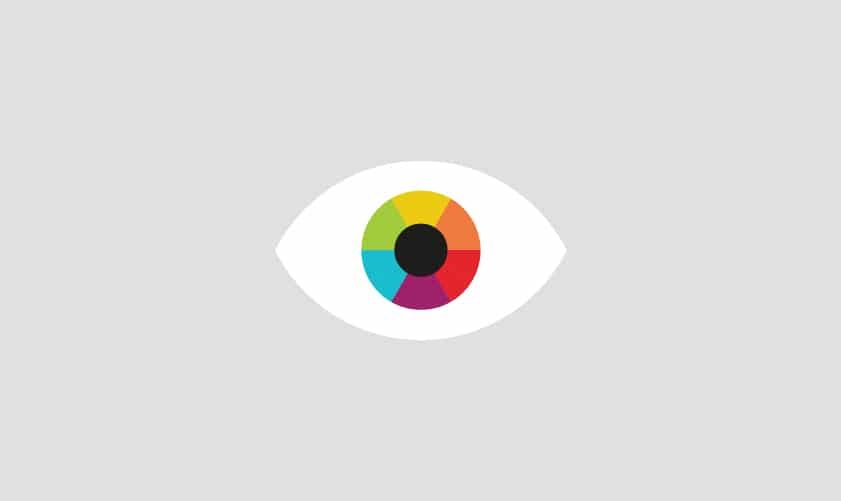When it comes to great logo design There’s no denying that colours convey meanings which stem from both nature and society (for example, we are conditioned to associate red with danger or in the context of driving STOP), but it’s worth remembering that when it comes to how consumers will connect with your brand on an emotional level, everyone will have their own interpretations based on their individual experiences, personal preferences or cultural upbringing. As with all aspects of branding, ultimately the customer forms their own ideas of what your company stands for (which can be very different from what you tell them you stand for!). With this is mind, we’ll take a quick look at the colour factors you can control through your branding and logo design:

1. Choose a unique or eye-catching colour for your logo design
Not only will the product be more attention-grabbing on a busy supermarket shelf, but it’s more likely to be remembered once a consumer has left the store. Research has suggested that the most eye catching colour combination is Yellow and Blue (besides the fact that we like yellow, this information did play a part in the branding of Gorilla). We are not saying you must use yellow and blue but bear in mind that vibrancy and strong contrast play a role in memorability.
2. Check out the competition
Being a copycat wasn’t a good thing at school and it’s not a good thing now. You need to create your own identity, and by choosing the opposite colour your main competitor uses in their branding, you are telling potential customers that you are the alternative.
3. Make sure your brand colour suits your product
There’s a reason plumbers signage is often blue (like fresh water) not brown… Instead of choosing your logo colour according to stereotypical associations, it should support the personality you’re trying to portray.
4. In branding, less is definitely more
If you stick to just one colour you can own it, and consumers will be more likely to associate that one particular colour with your brand.
5. Make your branding personal
Statements such as ‘green means calm’ don’t carry much weight when they’re used out of context. Green can mean ‘environmentally friendly’ or ‘minty fresh’ depending on where it’s used, so there are no clear-cut set of guidelines to follow when choosing the colour for your logo design. Understand though that consistency is key, if you want customers to remember your company you must stick with your chosen colour palette. For this reason it should be relevant to you- obviously don’t choose a colour you hate because you’ll be seeing a lot of it. Theres something very sincere about choosing a colour that is personal to you and it can give your brand a more ‘human’ backstory. Mark Zuckerberg who is red-green colour blind, for example, chose blue for Facebook as it is the colour he can see the best.
Studies have revealed that people prefer brands which they can recognize easily. As humans we are able recognise colour instantaneously before form, before type and before detail. This makes colour a vital aspect of logo design and deserves consideration when building your brand identity. It’s also worth noting that one in 12 of us suffer from colour blindness and at some point your logo will certainly need to be reproduced in black and white so you should ensure that your logo design is not dependant on one colour, instead it should be used to enhance and reinforce the message you want to convey.
Gorilla helps lot of businesses with all aspects of logo design and branding. For help and advice on how to create a successful brand get in touch here.

